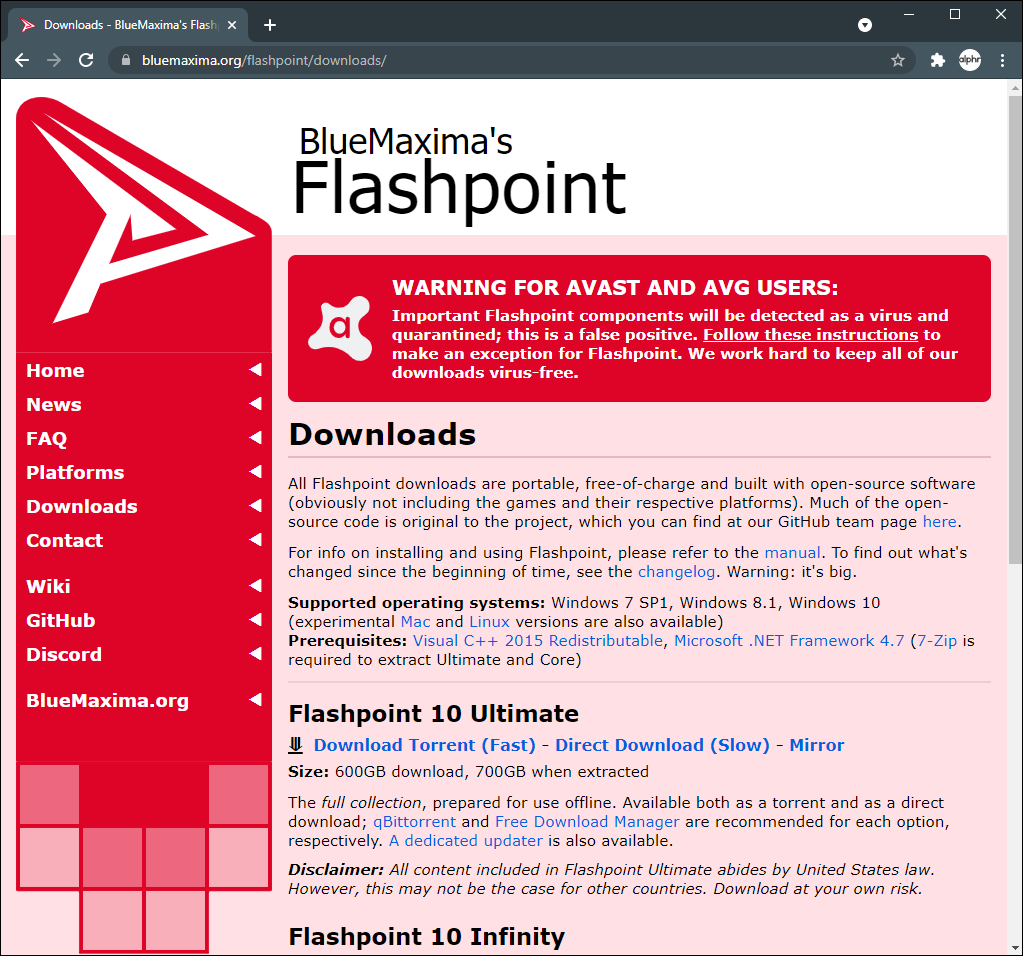

"The idea was, 'We can own the graphics space on this tablet,'" Jackson told Ars. This new company, which they named FutureWave, would endeavor to do the same. Silicon Beach had built its success on being early to market-on embracing the Macintosh before bigger companies jumped in.

PenPoint-based tablets could be the next big thing, and the new EO Personal Communicator, made by a company spun out from GO's hardware division, seemed particularly impressive.
OLD ADOBE FLASH ANIMATION FOR MAC SOFTWARE
The pair soon landed on the idea of making software for GO Corporation's PenPoint operating system, an OS designed specifically for tablet computers and personal digital assistants. He told Gay to take that time to think of a product. Gay asked Jackson for help starting this new company, but Jackson still had six months remaining on his non-compete agreement with Aldus and couldn't do anything until then. (Not just any programmer, either, but the "most phenomenal programmer" that Jackson had ever seen.) Then early in 1990, to fund his dream of competing for the United States in international rapid-fire pistol shooting (a dream he later fulfilled), Jackson sold Silicon Beach to Aldus Corporation. Gay had been there from day one as a teenage programmer working afternoons after school. More than eight years earlier, his friend and former boss Charlie Jackson had founded Silicon Beach Software-a Mac-focused software company that had great success with its Dark Castle games and the SuperPaint and Digital Darkroom creative tools. Sometime around the middle of 1992, Jonathan Gay decided he wanted to start a company to make something. You may not know the name FutureSplash Animator, but you certainly know the software it birthed Birth, or a wave of the future In recognition of its service to content creators and consumers of all stripes, of its contribution to the proliferation of online video and multimedia, and of that divisiveness that's followed the platform around, the time has come to revisit the rise and fall of Flash-with a little help from its principal creator, Jonathan Gay a raft of Web resources and interviews with others who had a hand in its ultimate success. But it's safe to say that, after a decade in decline, Flash as we know it is about to say goodbye. The Flash authoring tool is part of Adobe Animate, while the rendering engine is included in Adobe AIR-which will be handed over to enterprise electronics company Harman International for ongoing maintenance, as it's still widely used in the enterprise arena. Technically speaking, the technology will live on. Even Google Chrome, long the browser of choice for Flash content, will soon remove Flash Player. And already, months ahead of this end-of-life switch, Flash has been disabled in most Web browsers (often flagged as a security risk should you choose to override the default settings). In less than six months-December 2020-Adobe will officially end support and distribution of Flash Player, the browser plugin we all associate most strongly with the technology. For better and worse, it helped shape the Internet of today.īut now, after roughly 25 years, Flash is finally nearing its end. Whichever side of the love-hate divide you land on, there's no denying the fact that Flash changed how we consume, create, and interact with content on the Web. Others abhor Flash-based advertising and Web design, or they despise the resource-intensiveness of the Flash Player plugin in its later years. Many gush over its versatility and ease of use as a creative platform or its critical role in the rise of web video. Few technologies have yielded such divisive and widespread passion as Flash.


 0 kommentar(er)
0 kommentar(er)
